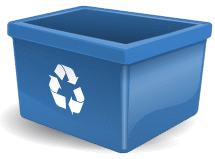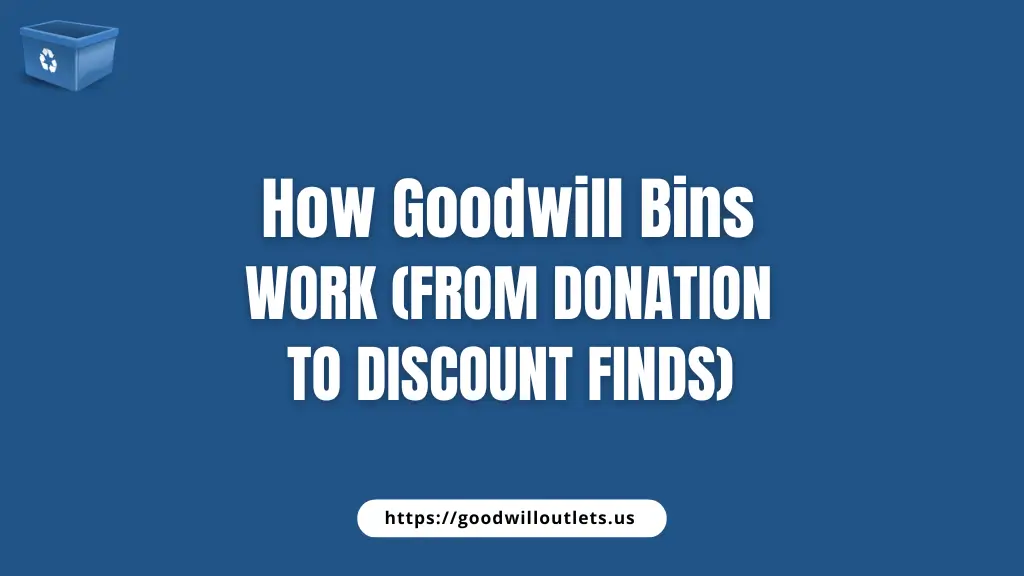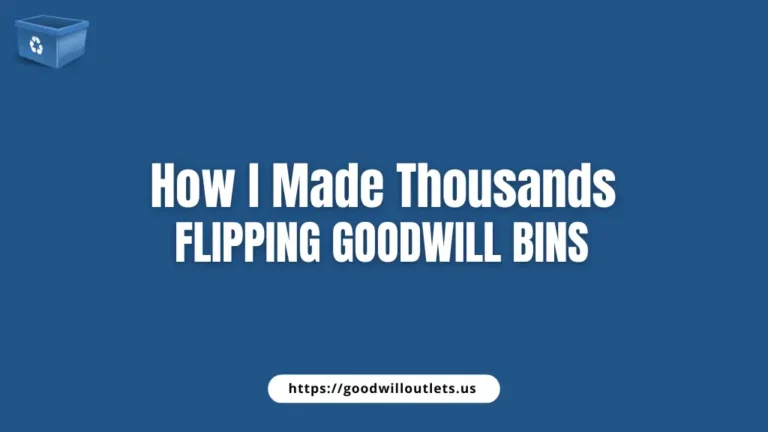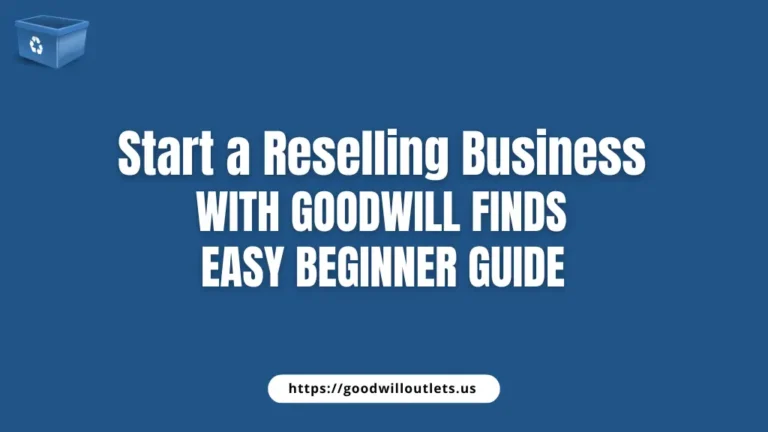How the Goodwill Outlet Process Works (From Donation to the Bins)
Ever wonder how the Goodwill Outlet process works — from someone dropping off a donation to that item ending up in a blue bin? Most shoppers just see the final step: digging through the bins and paying by the pound. But behind the scenes, there’s a detailed system that includes sorting, inspecting, retail pricing, clearance, and recycling. If you love thrifting or reselling, knowing this journey can help you understand what ends up in the bins — and how to spot the best finds.
Step 1: Donation Drop-Off at Goodwill
It all starts when someone donates items at their local Goodwill drop-off location. People bring in bags or boxes of clothes, shoes, books, electronics, home decor, and more. Some items are brand new, others gently used — and a few are well-worn or damaged.
Goodwill accepts almost anything that’s reusable. These donations go into big containers and are moved to the sorting area.
See donation guidelines on goodwilloutlets.us.
Step 2: Sorting and Inspection
Once donations arrive, Goodwill employees sort them by type: clothes, electronics, housewares, books, etc. Every item is inspected to see if it’s in good enough shape to sell in a Goodwill Retail Store. If not, many items make their way to the bins — where smart shoppers know exactly what to buy and what to skip.
Only the items that don’t sell at the retail store eventually reach the Outlet.
Step 3: Displayed at Goodwill Retail
Items that pass inspection are priced, tagged, and placed on shelves or clothing racks at a nearby Goodwill Retail Store. These stores look like any regular thrift store — clean, organized, and priced per item.
If an item doesn’t sell after a few weeks (usually 4–5), it’s removed from the shelves and prepared for the Outlet stage.
Step 4: Retail Clearance and Shipment to the Outlet
Unsold retail items are packed and sent to a Goodwill Outlet Center — sometimes located in a different city or warehouse-style location. These items are not re-priced or sorted again. They are grouped in large carts or containers, ready for bulk sale.
Here’s where the “Pay by the Pound” system kicks in.
Step 5: Sorted into Bins at the Outlet
At the Outlet, items are dumped into large blue rolling bins. These bins are then rolled onto the sales floor for shoppers to dig through. Clothing, shoes, books, and random household items all end up in these containers.
The Outlet is fast-paced and high-volume. Workers swap bins every 15–30 minutes to keep the inventory fresh. Items stay on the floor for a short time — usually just a day or two.
Step 6: Sold by Weight
At Goodwill Outlet stores, items are sold by the pound instead of by individual prices. Most locations charge around:
This model allows Goodwill to clear out massive amounts of donations while offering super low prices to bargain hunters.
Step 7: Recycling or Final Disposal
Items that still don’t sell at the Outlet are not kept forever. Unsold goods are either:
This keeps millions of pounds of items out of landfills every year — making the Goodwill system both efficient and eco-friendly. Still, many people wonder, is Goodwill truly a nonprofit or a for-profit business? Understanding the full picture helps explain where unsold donations go and why.
Why This Process Matters
Understanding how the Goodwill Outlet process works (from donation to the bins) helps you shop smarter. You realize that:
And best of all? You get great stuff for less.







